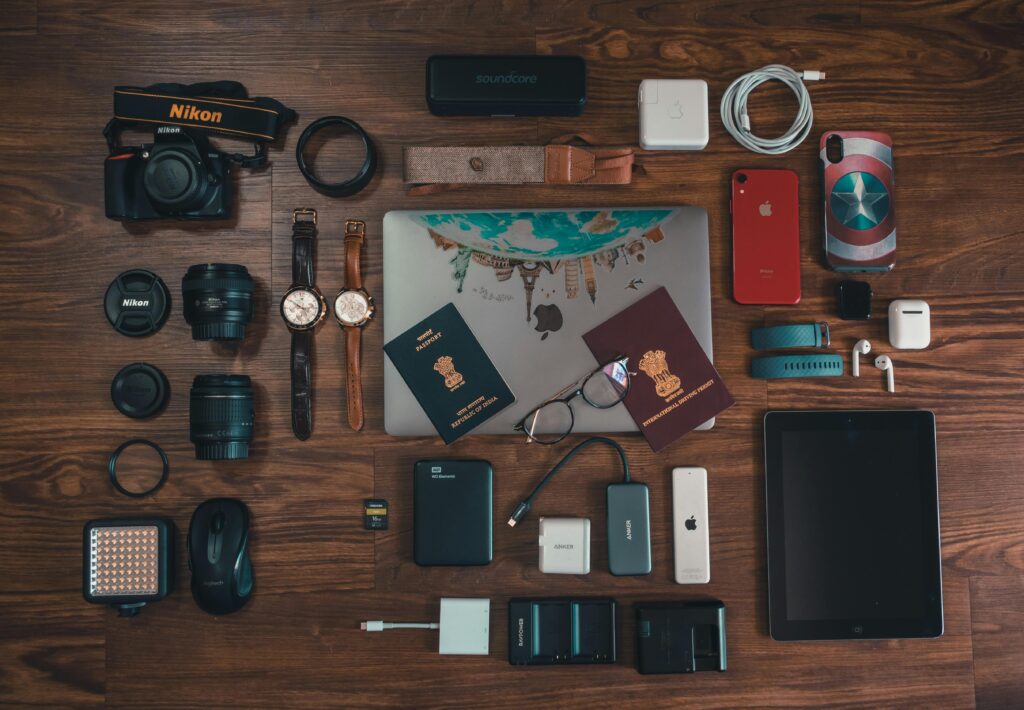If you want to travel internationally, you need a passport, it not only verifies your identity but also serves as your proof of citizenship.
Without a valid passport, you will encounter difficulties at immigration checkpoints, airline check-ins, and border crossings.
A passport is a universal travel document, well all know that.
It is recognized by governments worldwide – it helps you enter and exit a country smoothly.
Read also: Can I travel while waiting for my passport?
We also need it to get visas for countries that require them before you are allowed to stay legally in the country.
We assume you are aware of all that, yes? Here is it.
When you apply for and receive a new passport, when can you use it?
Read also: How to find part time jobs in Australia for international students
That’s what we are here to discuss.
You must understand your passport activation status.
If you are here to learn when you can use your passport after receiving it, then read on.
Can you use a passport right after you receive it?
Yes, you can use a passport right after you receive it, as it is usually activated upon issuance. However, before you travel with it, make sure your passport has sufficient validity for your intended travel and that you meet any visa requirements for your destination.
Read also: How to apply for Australia visa from Nigeria
Additionally, after receiving your passport, always double-check the details and ensure that it is accurate before using it for travel purposes.
Your passport is considered active as soon as it is issued to you.
This means that you can start using your passport for international travel immediately.
Can I travel as soon as I receive my passport?
Yes, you can travel as soon as you receive your passport, as long as it is valid and activated.
However, check its validity and ensure it will last longer than you want stay in the country you are travelling to before moving.
What to do after receiving your passport?
After receiving your passport, follow the steps below.
- Verify your information: Once you receive your passport, check that all the information in your passport like your name, date of birth, and passport number, is accurate and matches your other identification documents. Don’t be surprised, they can make mistakes in your passport so, verify it.
- Activate your passport: This should be done before handing you the passport but to avoid issues, you need to check. Ensure that your passport is activated according to the procedures of your country’s passport issuance system.
- Confirm the validity: Confirm the validity period of your passport and ensure it meets the requirements for your intended travel. If everything is accurate, congratulations, you can now travel.
- Apply for visas: If your destination requires a visa, you can now apply for a visa.
If your old passport is still valid, notify relevant authorities about your new passport details.
Now you have your passport, keep it safe and carry it with you when travelling internationally.
You should also make copies or digital scans of your passport as backups.
What if they made a mistake in your passport?
If a mistake is made in your passport, maybe an error in your name, date of birth, or other important information, you should contact the passport issuing authority in your country immediately, they will help you to rectify the mistake.
When you call, give them proof of the correct information like your birth certificates or identification cards.
Read also: Can I bring my wife to Canada while on a work permit?
Your country’s passport authority will walk you through how to complete the process of correcting the mistake.
You may be asked to submit a correction form or pay correction fees.
Whenever you notice any issue in your passport, address the errors immediately to avoid potential issues during travel.
How soon can I travel after getting my passport?
You can travel as soon as you receive your passport, once your visa is ready, there is no timeframe to when you should travel after getting your passport and your visa.
With your passport and visa ready, you can travel anytime without delay.
Factors that determine when to use your passport after getting it
When you will travel after getting your passport will depend on any of the following.
- Your passport activation status: Before you move, check if your passport is activated upon issuance or if you need to activate it yourself, depending on your country’s procedures.
- Check your passport validity period: Make sure that your passport has enough validity for the time you want to spend in your destination.
- Visa requirements: If your destination requires a visa, apply for it and wait until you receive the visa before using your passport for travel.
- Travel plans: Another factor that will determine when you will travel after getting your passport is your travel plans. When you want to travel and why.
How long can an embassy hold your passport?
There are cases where an embassy can hold your passport and the duration depends on the reason for holding your passport.
An embassy can hold your passport during:
- Visa processing time: Embassies are allowed to hold your passport when processing your visa until the visa application process is completed – it can take a few days to several weeks.
- When they require additional documents: If the embassy requires additional documents or information from you when you apply for a visa, they can hold your passport until all requirements are met.
Embassies take security seriously – you don’t have to worry when they are with your passport.
They will keep it safe.
Do you have to wait 6 months to travel with a new passport?
No, you do not have to wait 6 months to travel with a new passport. You are allowed to travel immediately upon receiving a new passport, as long as it is valid and activated.
Read also: Is it easy to get a part-time job in Canada?
These passport and travel regulations apply to all time of passports
How do I know if my passport is activated?
You will know if your passport is activated by checking its issuance status with the passport issuing authority. Once your passport is officially issued, it is considered activated and ready for use. You will receive a confirmation or notification of issuance from the issuing authority.
Additionally, if you’re not sure about the activation status, contact the passport issuing authority or embassy/consulate to check the activation status of your passport.
For example:
- First-time passports: If you’re applying for your first passport, it will require verification for activation.
- Renewal passports: Renewed passports usually retain their previous activation status unless specified otherwise by the issuing authority.
- Damaged or lost passports: You may need further verification before it is activated.
How long does your passport have to be active?
Validity and expiry dates
Before using your passport for travel, check its validity and expiry dates. Most passports are valid for a few years from the date of issue.
Your passport needs to be valid for the entire duration of your intended travel.
Most countries mandate passports to have at least six months of validity beyond the planned departure date.
If your passport is nearing its expiry date or has insufficient validity for your travel plans, you should renew it before travelling.
Read also: What happens if you lose your passport in another country
Before you travel, make sure you check the passport and visa requirements of your destination country.
Confirm whether you need a visa, visa-on-arrival, or can enter visa-free based on your nationality and the country you’re visiting.
Ensure you travel with all the documents you need. Use your passport details when booking flights.
Double-check that your name, passport number, and other information match your travel documents.
Keep your information consistent when filling out any travel forms.
Read also: What is next after a UK tourist visa is denied?
You can travel with your passport once it is issued and while on your trip, protect your passport from loss, theft, or damage by keeping it in a passport holder or travel wallet.



